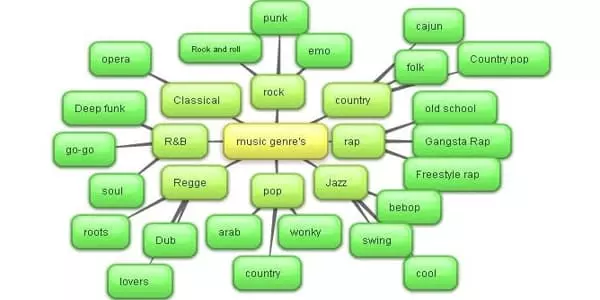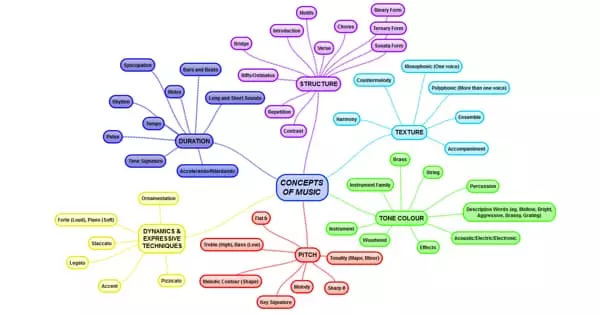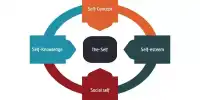Researchers in Japan used magnetic resonance imaging to examine the brains of secondary school students while performing a musical observation task. They discovered that students who were taught to play music from a young age had higher levels of certain types of brain activity than other students. For the first time, the researchers discovered a direct link between musical processing and areas of the brain associated with language processing.
Professor Kuniyoshi L. Sakai of the University of Tokyo’s Graduate School of Arts and Sciences, like many of his colleagues, enjoys music. Although Sakai has spent the last 25 years studying human language through the lens of neuroscience, it’s no surprise that he also studies the effect music has on the brain. Sakai and his colleagues were inspired by the Suzuki method of musical training, which is based on natural language acquisition ideas, to investigate common neurological aspects of music and language.
One striking finding was that the highly specific grammar center in the left brain was activated during the articulation condition regardless of musical experience. It is well established in the field of neuroscience that there are areas of the brain that deal specifically with language, as well as specialized regions that correspond to different parts of language processing such as grammar or syntax. We wondered if Suzuki method training would lead to activity in such areas, not when using language, but when engaging with music.
Professor Kuniyoshi L. Sakai
“It is well established in the field of neuroscience that there are areas of the brain that deal specifically with language, as well as specialized regions that correspond to different parts of language processing such as grammar or syntax,” Sakai said. “We wondered if Suzuki method training would lead to activity in such areas, not when using language, but when engaging with music. According to our findings, this is the case.”
The team enlisted 98 Japanese secondary school students divided into three groups for their investigation: Group S (Suzuki) received Suzuki method training from a young age, Group E (Early) received musical training from a young age but not in the Suzuki method, and Group L (Late) received musical training at a later age but not in the Suzuki method, or were not musically trained at all.

All of the students’ brains were scanned using functional magnetic resonance imaging (fMRI), which generated dynamic 3D models of their brain activity. During this time, they were given a musical exercise in which they had to identify errors in a piece of music that was played to them. The musical pieces played had errors in one of four musical conditions: pitch, tempo, stress and articulation.
Groups S and E demonstrated higher overall brain activity than Group L during the exercises, particularly during the pitch and articulation conditions. Furthermore, depending on the type of error being tested for, groups S and E showed activity in very specific regions. Interestingly, during the tempo condition, Group S demonstrated some distinct patterns of activation, primarily in areas of the right brain associated with emotion and melody, lending support to the Suzuki method’s ideas.
“One striking finding was that the highly specific grammar center in the left brain was activated during the articulation condition regardless of musical experience. This relationship between music and language may explain why anyone can enjoy music even if they are not musical themselves “Sakai stated. “Other researchers, such as those studying the neurological traits of artists, may be able to build on what we’ve discovered here. As for us, we want to delve deeper into the relationship between music and language by devising novel experiments to unearth more elusive details.”















